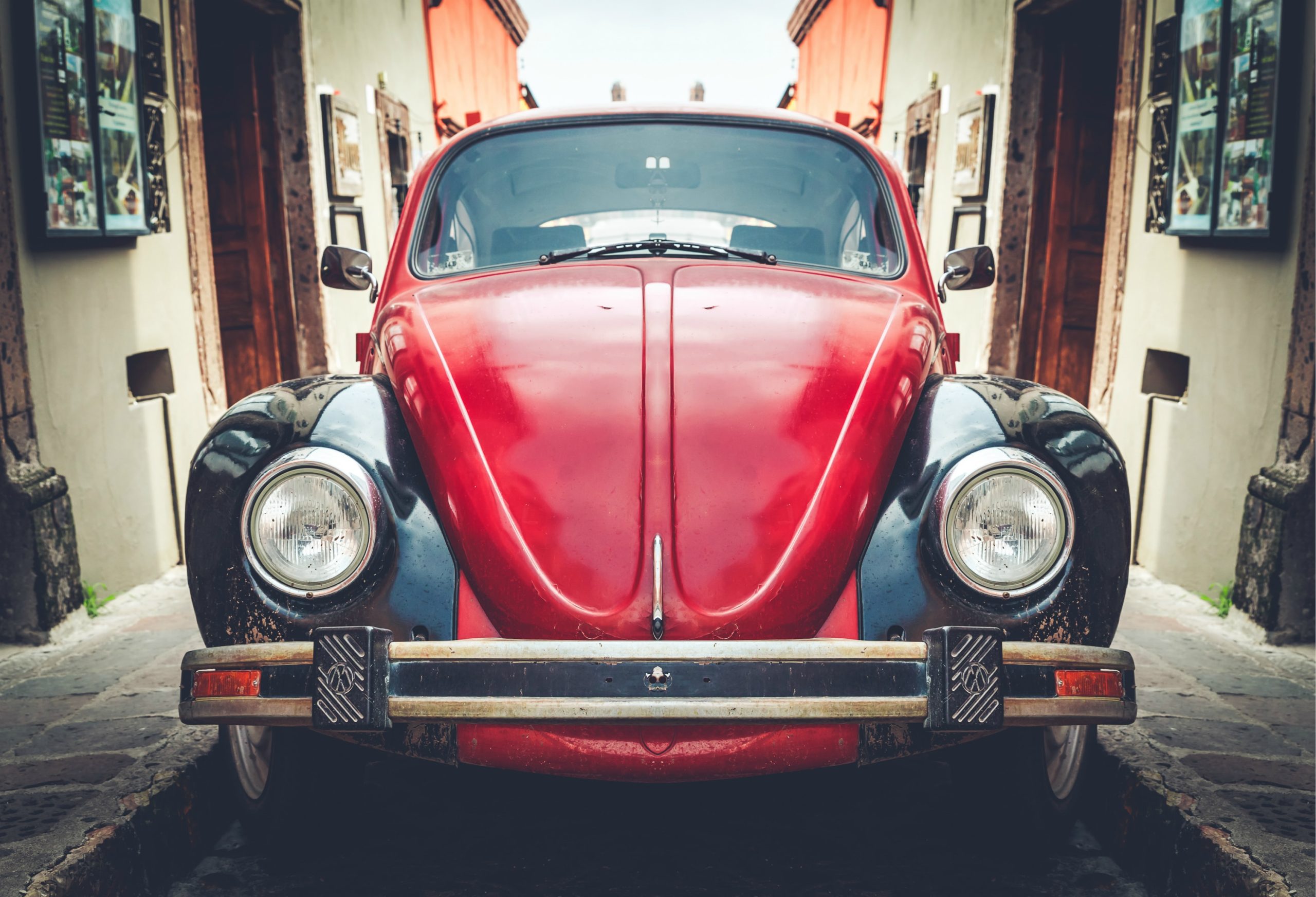Do you own a vintage car and want to restore it to its former glory? Restoring an antique vehicle can be a daunting task, but with the right guidance and steps, you can make it happen.
When an antique car is restored, it can give you and your family many years of enjoyment. To help you with the restoration process, here are 10 important steps to consider:
- Research & Get an Estimate
To properly restore a classic car, you’ll need to do your research first to determine what parts will be necessary and how much it will cost. Look online for antique car restoration parts, or contact a local auto restoration shop and ask them to give you an estimate of the cost of restoring your classic vehicle.
- Clean & Prep
Once you’ve made a list of parts needed and have begun collecting them, the next step is to clean and prepare the car body and interior. This could involve pressure washing, rust removal, sanding, and repainting. Preparing the car properly is essential to ensure that the restoration process will run smoothly.
- Repair Bodywork
If your vehicle has any dents or other body damage, you will need to repair them before beginning the restoration process. This includes panel replacement, welding, metal shaping, and finally repainting.
- Replace Wiring
If the vehicle’s wiring system is damaged, you will need to replace it. This could involve installing new wires and cables or soldering existing connections. The wiring system should be checked and tested to ensure it is working properly.
- Install Parts
Once the wiring system has been repaired, you can begin installing parts like brakes, engine components, and suspension systems. It’s important to make sure all parts are correctly installed before proceeding with the restoration process. If you’re unsure, consult a professional for help.
- Clean & Polish
Once all of the parts have been installed, you can begin cleaning and polishing the vehicle. This could involve buffing out scratches, waxing and detailing the car body, and replacing any interior components (e.g., upholstery). All you need is a good car cleaning kit!
- Inspect & Test
Before taking the vehicle out for a spin, it’s important to inspect and test all of the components to make sure they are working properly. This includes testing the brakes, suspension system, engine, and other parts. The more thorough the inspection, the better!
- Get Road-Ready
Once all of the components have been inspected and tested, you can begin taking it out for test drives. This is a great way to make sure everything is in working order before finally taking your classic car out on the open road. When driving, remember to take it slow and obey all traffic laws.
- Enjoy the Ride
After successfully restoring your classic car, you can finally enjoy cruising around town or taking it out on the open road! This is a great way to show off your hard work and share your passion for antique vehicles with others.
- Maintain the Vehicle
To ensure that your classic car remains in good condition for years to come, it’s important to maintain the vehicle appropriately. This could involve regular oil changes and tune-ups, as well as keeping up with minor repairs and maintenance tasks. Knowing that your vehicle is in top condition will give you peace of mind.
Restoring an antique car can be a challenging yet rewarding process, but with the right steps and guidance, it can be done. Follow these 10 steps for success and you’ll soon have your classic car looking as good as new!
Do you have any tips for restoring antique cars? Let us know in the comments section!
